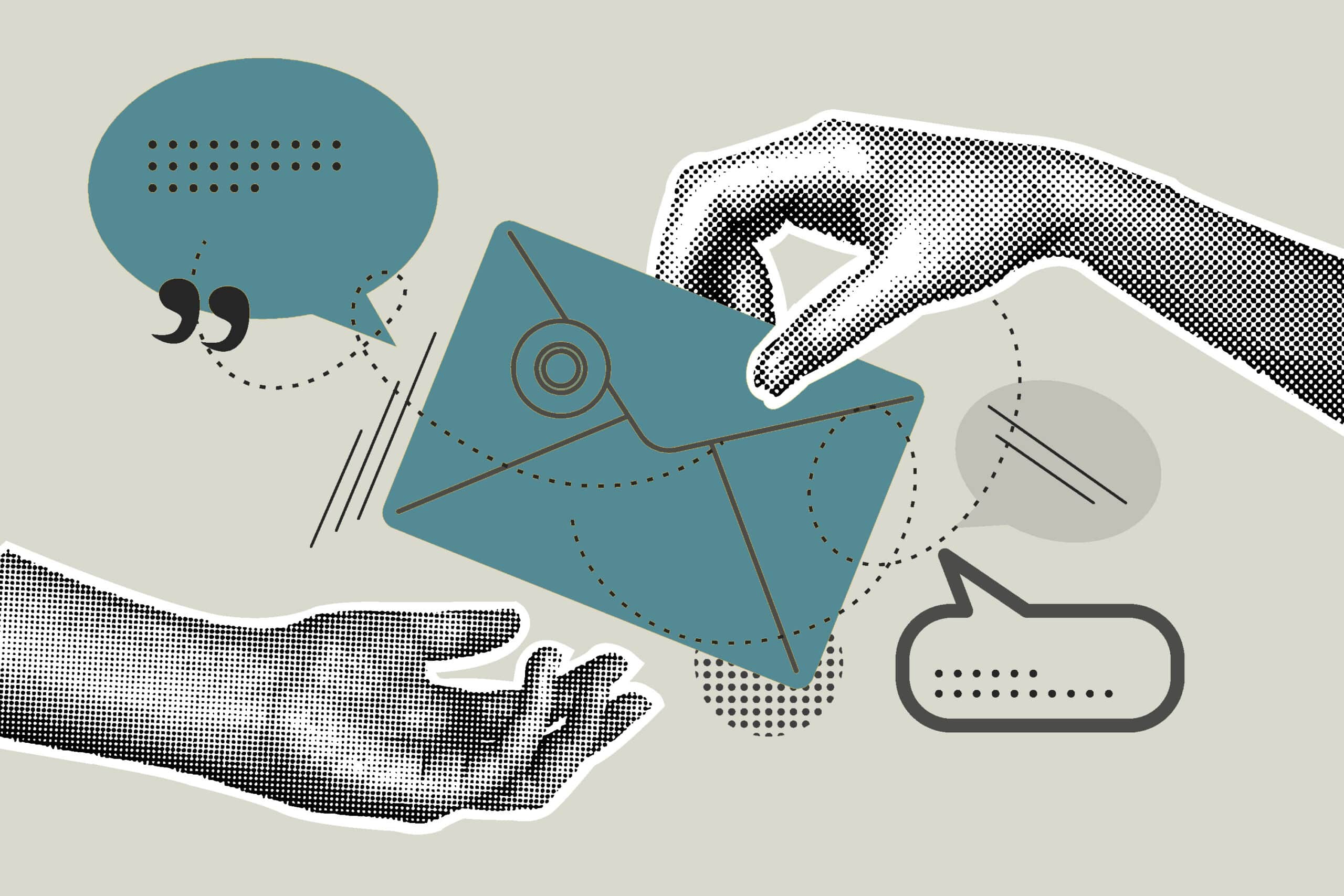The cost of enjoying a drink at Australian pubs and restaurants is about to rise again, as the country’s biannual alcohol excise tax update takes effect. This system, which indexes alcohol prices to inflation, has become a growing burden for breweries, distilleries, and hospitality venues, with many struggling to cope.
How the Excise Tax Works
Australia’s tax framework requires adjustments to alcohol excise rates every February and August, tied to the consumer price index (CPI). For beer with alcohol content over 3% in containers less than 8 liters, the current tax is $61.32 per liter of pure alcohol, while pub beer with over 3.5% alcohol is taxed at $43.22 per liter. Spirits exceeding 10% alcohol content are taxed at a much higher rate of $103.89 per liter.
These taxes significantly affect the price of alcohol, whether at a bottle shop or a venue. For example, on a 1-liter bottle of Bundaberg Rum UP priced at $61.50, $38.40 goes directly to taxes. Similarly, 60% of the cost of a full-strength packaged beer is attributable to excise and related taxes.
How Australia Compares Globally
Australia ranks among the top countries for alcohol taxation. It has the third-highest tax rate on beer globally, following Norway and Finland. For spirits, Australians pay seven times more in taxes than their U.S. counterparts, with local rates far exceeding New Zealand’s $61.21 per liter of pure alcohol.
These stark comparisons highlight the financial pressure on both businesses and consumers in the Australian market.
Impact on Breweries, Venues, and Consumers
The rising excise tax comes amid widespread challenges for Australia’s hospitality sector, which is still recovering from the COVID-19 pandemic. The food and beverage industry has the highest failure rate of any sector, with 8.5% of businesses closing as of late 2023.
Many breweries and venues are now facing a difficult decision: absorb the increased costs or pass them onto customers. For businesses like Sauce Brewing Co., founder Mike Clarke explained that passing the full cost to customers is not realistic amid ongoing cost-of-living pressures. Instead, his brewery is largely absorbing the tax to retain its customer base.
Similarly, Dad & Dave’s Brewing operations manager Joel Meaney stated that they have avoided raising prices, despite absorbing five tax increases in just over two years. Meaney noted that the price of some products has risen from $10 to $14 in that period, a leap he described as “unrealistic” for customers to afford.
Calls for Government Intervention
Leaders in the alcohol industry are urging the Australian government to address the issue. Amanda Lampe, chair of Bundaberg Distilling Co., has called for a freeze on excise increases and a review of the taxation system. She argued that the current system negatively affects not only manufacturers and venues but also consumers and Australia’s tourism industry, which competes globally.
“We want to attract international visitors to Australia,” Lampe said, “but when they get here and they look at the price of food and beverage, they think Australia is a really expensive place to come.”
Industry stakeholders, including the Brewers Association of Australia, are also advocating for excise relief on draft beer, with hopes for broader reforms in the future.









